As a hobbyist or DIY enthusiast, you are perfectly fine with mastering one of the arc welding processes, such as MIG welding.
Acquired skills and techniques will work just fine with your everyday garage and household projects and repairs, but if you decide to step up your game and become a professional welder, you will need more than that.
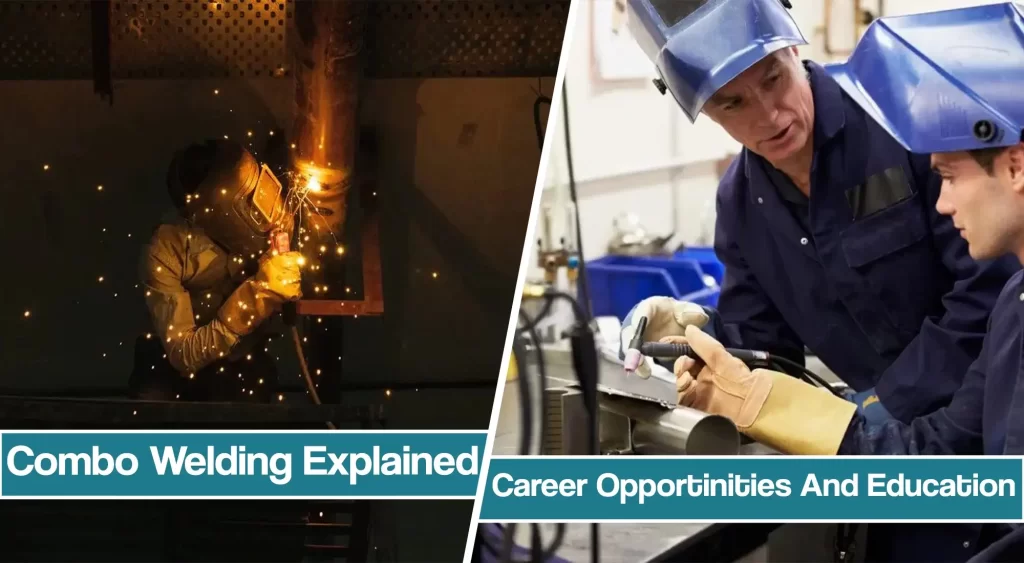
That’s when combo welding kicks in, but it seems like many are unfamiliar with the term. Combo welding isn’t a single welding process, but it involves utilizing different welding techniques according to the specifications and current applications. So let’s see what it is about.
What Is Combo Welding?
Combo welding isn’t a single welding process. Instead, it means that the combo welder is familiar with multiple welding processes, reading the blueprints, schemes, and welding symbols, as well as preparing and finishing the weld with welding equipment maintenance.
So, combination welders are all-around workers that can adjust their skills according to the given application. Most commonly, that includes making, repairing, and maintaining metal parts using shielded metal arc welding, metal inert gas welding, oxy-fuel welding, or any other arc welding processes.
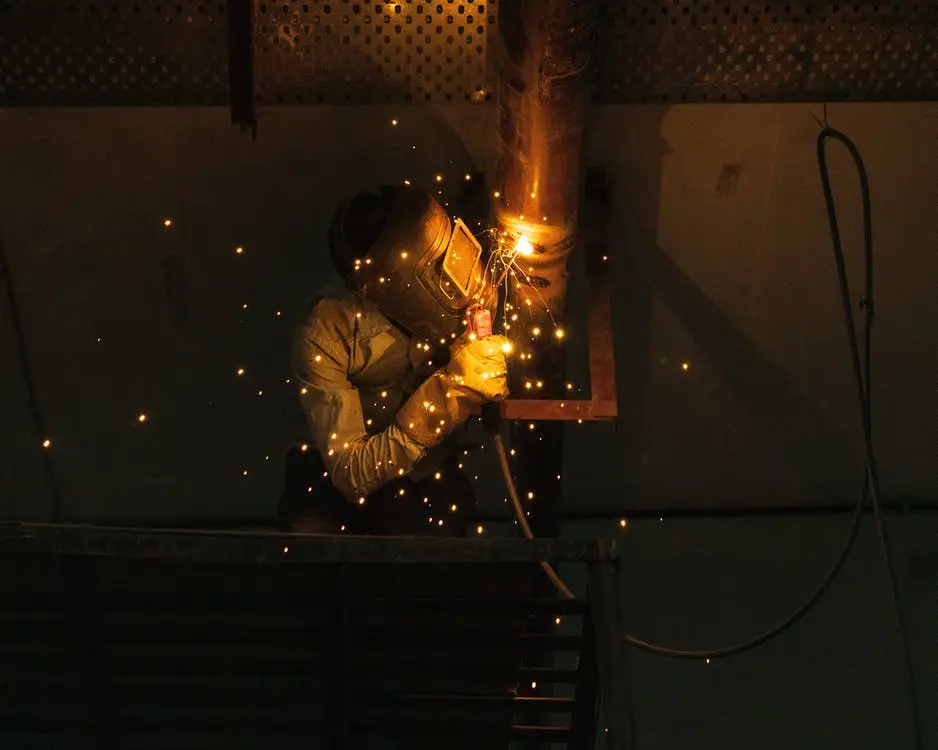
Besides being familiar with multiple welding processes, combo welders must understand the properties of different steels and welded metals and metal components. That also includes operating welding equipment and power tools.
Application Of Combo Arc Welding Processes
Since combination welding is highly versatile, it is found its way into many different industries. Due to the high strength of the welded joints, combo welder can work in aerospace, shipbuilding, oil & gas, or automotive industry, he can become a structural welder or end up with a job as a pipe fitter. So overall, for combo welder, the sky is the limit.
However, there is a catch. To become a combination welder, you will need a high school diploma and a proper degree in combination welding. You can always practice TIG welding or Stick welding at home, but you will never reach an experience level of a professional welder without proper education.
Combo Welder Education
To become a combo welder and rank in the job market, you will need to get a certification or degree from an accredited institution. Luckily, we got just the right article for you, so don’t forget to check the overview of the best welding schools in the US.
When choosing a combo welder career, make sure the program or apprenticeship program is accredited by AWS or other acknowledged welding organizations and institutions.
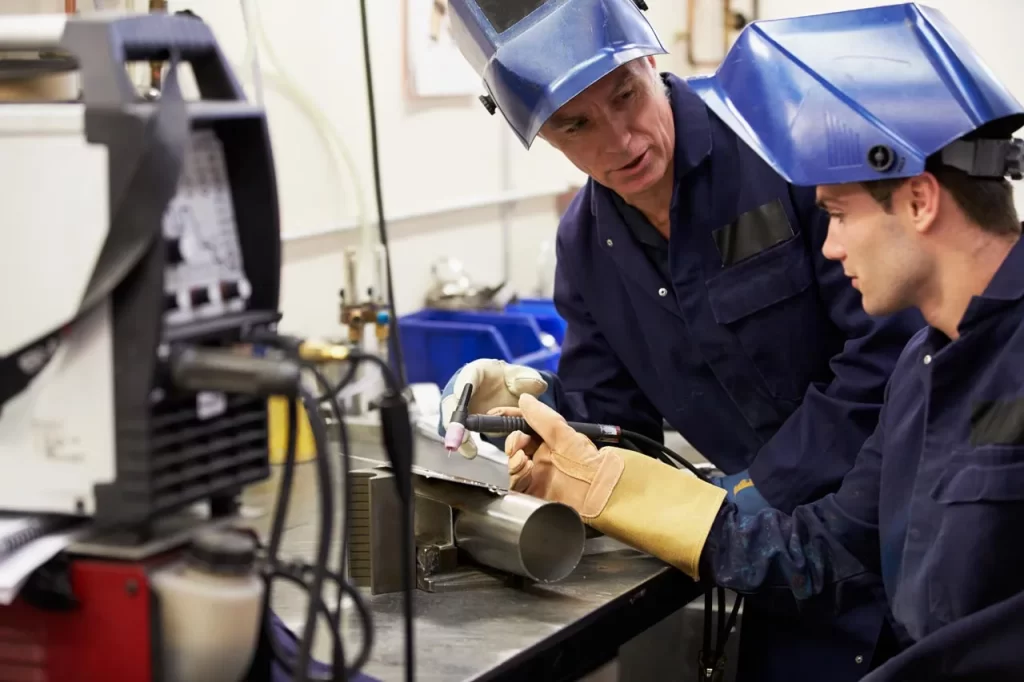
That way, combination welders can get proper knowledge of welding equipment handling, processes, welding technique, and top skills from licensed instructors. But that’s not all; during your education as a combo welder, you will also learn about welding safety and potential risks, reading the blueprints and drawings, welding symbols, and everything you need to weld independently.
Many believe combo welder certification is a waste of money since it is not the cheapest process. However, once you get your degree or certification, you take various industry positions. In addition, some schools even help their graduates get their first job and prove their skills.
Combo Welding Machines
Today’s welding market features more and more combo welding machines. However, it is scarce to even see a welding machine that offers only a single welding process. That’s why many modern machines cover MIG/Flux core welding techniques or TIG/Stick welding. Therefore, using welding equipment has never been easier.
Combination welders became even more versatile by incorporating multiple processes into a single machine.
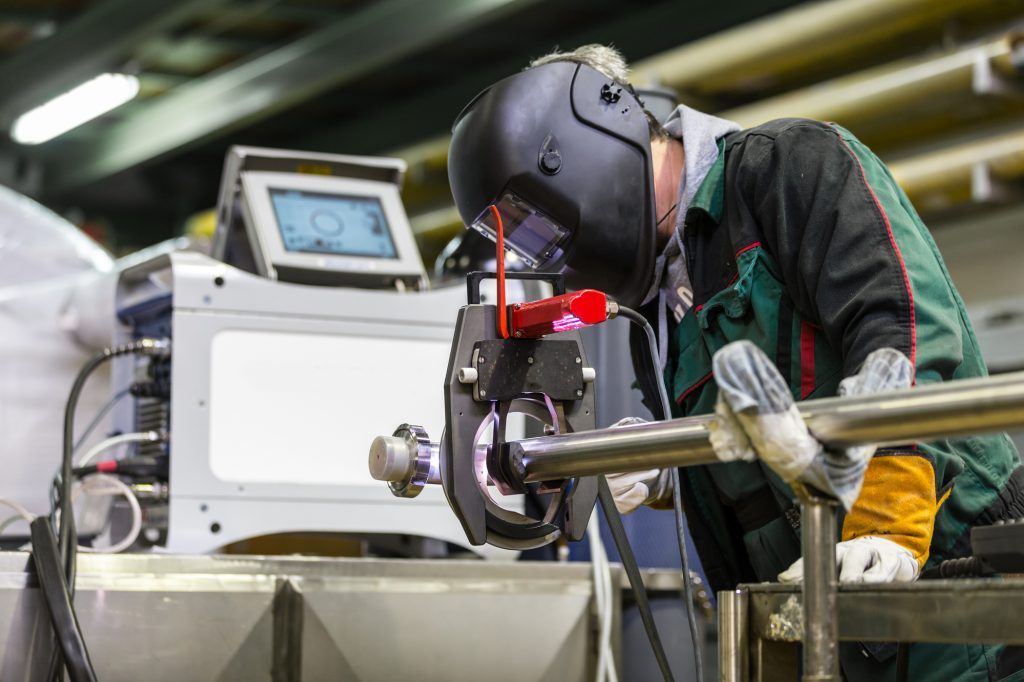
Hobbyists were delighted they could get an all-in-one MIG/TIG/Stick machine. Some manufacturers, such as YesWelder, even went further by fusing a Plasma cutter and multi-process welder.
Of course, these machines were primarily designed for hobby and DIY use, so they are a great addition if you are a weld-at-home combination welder. However, if you are an industrial combo welder, you are most likely to deal with industrial-grade machines primarily oriented into a single or two processes.
Combo Welder Salary And Job Opportunities
According to the US Bureau of Labor Statistics, the expected rise in combo welder needs between 2020-2030 is 8%. As a result, about 49,200 openings for combo welders, cutters, solderers, and brazers are projected each year, on average, over the decade.
The median annual wage for combo welders, cutters, solderers, and brazers was $47,010 in 2021, which is more than enough to make you interested in pursuing a job title in welding. Even though there are several industries that pay more, combination welders can earn quite a few bucks. Of course, you should be ready to take some risks since the occupation includes potential hazards and working in a harsh environment.
Is Combination Welder The Same As Pipeline Welder?
The terms combination welder and pipeline welder are often used mistakingly. That’s why we need to make a clear difference. Essentially, these two occupations are part of different certifications.
As a result, pipeline welder, as the name states, is revolved around repairing and joining pipes using the Stick welding technique. The job is usually carried out in cramped and harsh conditions, freezing or scorching temperatures.
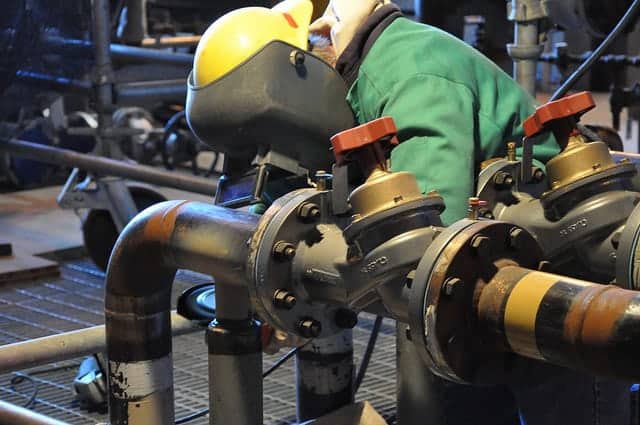
On the other hand, combination welders prepare materials to be welded, weld metal components, and perform maintenance on welding torches and equipment. In addition, they are capable of performing various tasks using different arc and gas welding techniques. So yes, in theory, a combo welder can also join and repair pipes, but the job is usually left to specialized personnel.
So to put it simply, a pipeline welder is closely specialized in repairing and joining pipes using one or a couple of welding methods, while a combo welder is an all-around and versatile worker, working on different welds and with different materials.
TIG and Stick Combination Welding
Specific applications that include welding thicker sections will commonly require a multi-pass weld approach to make the job right. While multi-pass welding can be done using a single welding technique, applications such as pipeline welding, Welding work on power facilities, including nuclear or consumer goods, will require a clean, TIG weld root pass.
After a successful root pass and hot pass, filling a whole joint with TIG welding can be an expensive and time-consuming activity, so usually, other welding techniques are employed for the fill pass or cap pass. Stick/Arc welding, as one of the most common cost-efficient industry techniques, is then used to fill or cap the weld.
The primary heat-affected zone by the TIG weld is later reinforced by the heat-affected zone by Stick welding, commonly with 7018 electrodes, so the overall strength of the joint is significantly improved. However, to complete this type of job, you must be familiar with different welding methods; ergo, you must be a licensed combination welder or at least a pipeline welder.
TIG and Flux Core Combination Welding
Like TIG and Stick/Arc combination, certain applications can also be done using the TIG root pass and FCAW fill or cap pass. Flux-cored welding is known for its high speed and excellent penetration, which makes it an economical choice. In addition, certain welders even employ dual-shielded FCAW welding for even higher speeds, and better penetration in fill and cap passes. Appearance and strength-wise, FCAW produces similar results as 7018 electrodes.
While there are numerous applications, combo multi-pass welding with GTAW/FCAW or GTAW/Stick is used, pipe work is often the first guess of many welders. No wonder why many people mistake combination welder for pipe fitter or pipeline welder. However, the differences between these two professions, while slight, are still noticeable.
The Good And The Bad Sides Of Combination Welder Career
Like any other career, combination welding has its ups and downs. The biggest advantage of combination welders is their versatility. Combo welders are capable of adapting their skills to the given task and project and thinking outside the box.
Creativity is courtesy of understanding the properties of various metals and knowing how to master different welding methods. As a result, combo welders save time and money by adapting to the job title and using creativity and acquired skills.
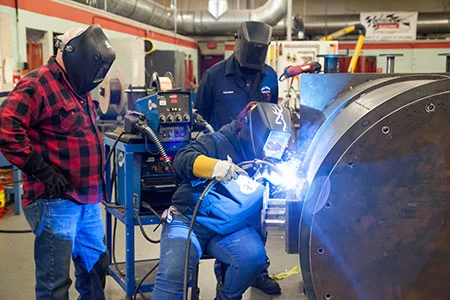
On the other hand, to do the job right, combo welders must first master the skills. That means investing more money and time into education. Therefore, you cannot just grab your welder and become a combination welder on your own, as it would be really hard to master weld preparation, welding, and maintenance.
In addition, combination welding is a risky career, with a potential risk of burns and injuries, working in cramped spaces or in extreme temperatures. So, in a nutshell, a combination welder is a high-risk/high-reward occupation.
Final Thoughts
Combination welding is an all-around career that will help you get various jobs by using the knowledge and skill required to understand, prepare and weld the metal, as well as maintain your equipment. However, to get there, you will have to spend some time and money on certain certifications or degrees.
While you will spend a significant amount of time working in harsh environments and conditions, with potential risks of injuries, the reward is excellent. Therefore, understanding the task and nature of the job title is the first step in making decisions and pursuing a career as a combo welder.
Hopefully, our article helped you understand the fundamentals, pros, and cons of combination welding.
Resources:
- https://bestaccreditedcolleges.org/articles/be-a-combination-welder-education-and-career-roadmap.html
- https://www.ziprecruiter.com/Career/Combo-Welder/What-Is-How-to-Become
- https://www.bls.gov/ooh/production/welders-cutters-solderers-and-brazers.htm
- https://pipingtech.com/contact-us/employment/combo-welder/
- https://apexschool.com/programs/combination-welding-technology/




